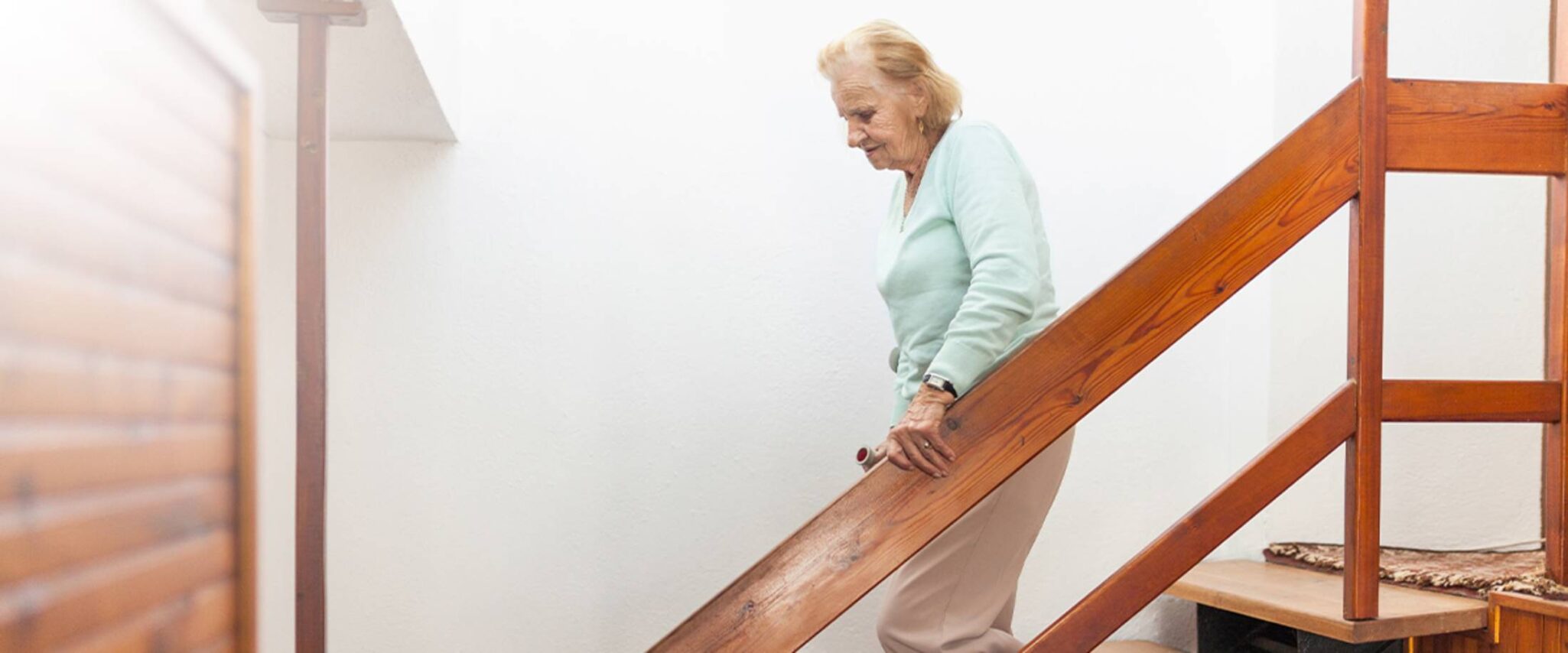What Is a Home Assessment And How Does it Help Seniors In Rehabilitation?

The goal of rehabilitation therapy after surgery, illness, or discharge from inpatient rehabilitation is to help you recover and return to your residence and daily routines. But to make the home safe for return and to help you adapt to what could be a new normal, a home assessment from an occupational therapist may be in order.
Why have a home assessment?
One of the most important reasons to have a home assessment is to minimize the risk of falling. According to the National Council on Aging Care:- Every 11 seconds, an older adult is treated in the emergency room for a fall.
- Each year, more than 300,000 people are hospitalized for broken hips – and 95% of those fractures are the result of a fall.
- Falls are the leading cause of fatal injury among older adults. In fact, older adults are three times more likely to die from falling from a standing position than those under age 70.
What is an occupational therapy home assessment?
After discharge from inpatient rehabilitation, an occupational therapist will focus on three things: the person, the environment, and the occupations (otherwise known as activities of daily living.) The goal is to understand each person’s needs and wants, and where they perform those activities of daily living such as bathing, getting dressed, grooming or preparing meals. A home assessment will typically include:- Evaluating the home’s accessibility and safety
- Assessing and practicing activities of daily living
- Assessing and practicing mobility within the home
- Identifying safety risk factors that might limit daily activities or increase the risk of falling
- Making recommendations for modifications or equipment to improve safety
- Suggesting ways to increase independence
- Educating caregivers
- Entrance: Is the lighting adequate? Are there unstable railings or unsafe steps? Should a wheelchair ramp be installed?
- Hallways: Are the hallways cluttered, uneven or slippery? Is the lighting adequate?
- Living Room: Are there electrical cords, throw rugs or clutter that increase the risk of falling? Is the furniture stable? Is the lighting adequate? Is it easy to navigate, even with an assistive device?
- Kitchen: Are the cabinets too high or too low? Does the person need to use a stool or chair to reach items? Is there a pet underfoot when cooking meals? Are there tripping hazards on the floor?
- Bedroom: Is the bed difficult to get in and out of? Are there electrical cords, throw rugs or clutter that increase the risk of falling? Does furniture placement make it difficult to reach items, such as a lamp, phone or TV remote? Is there a nightlight?



